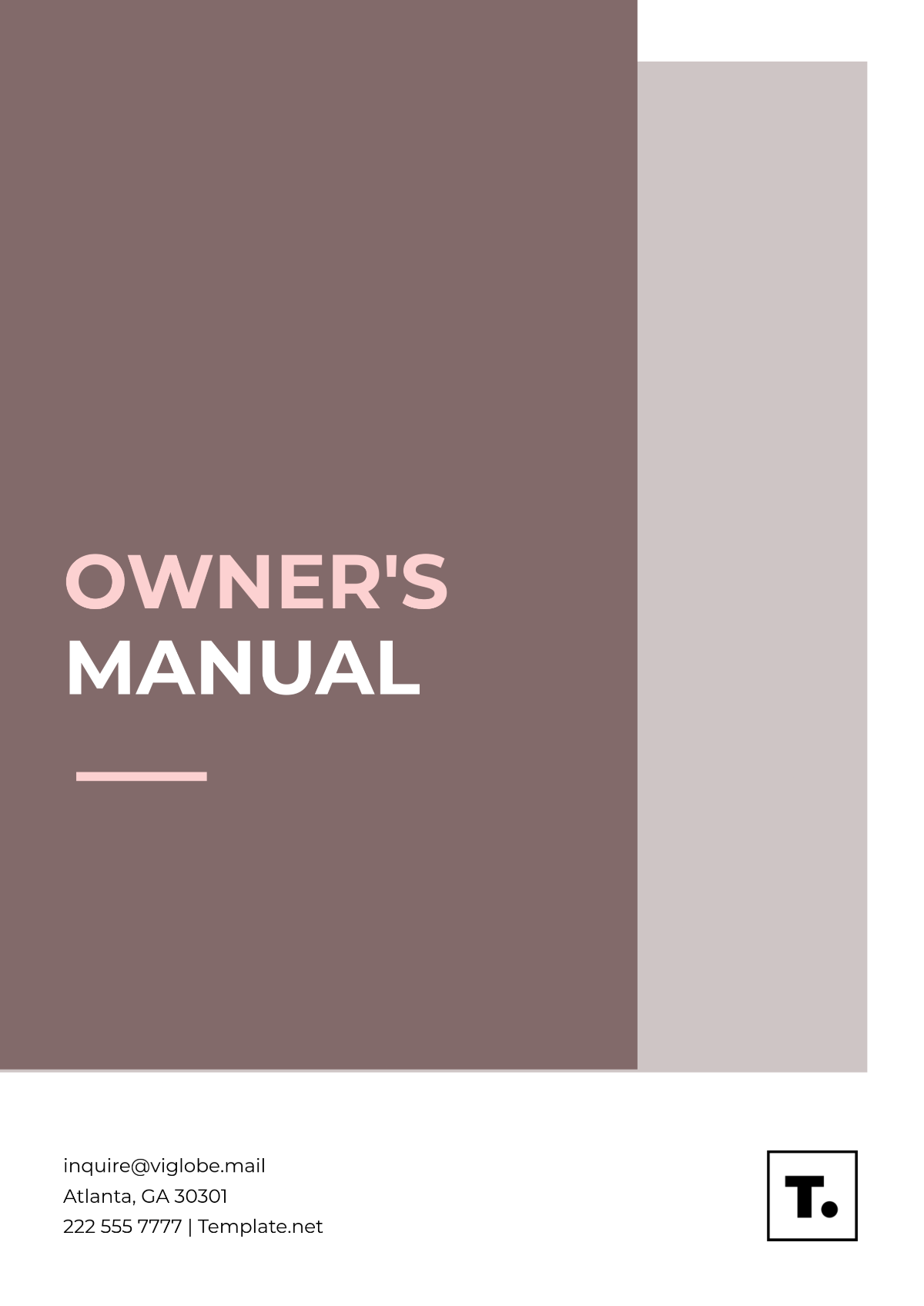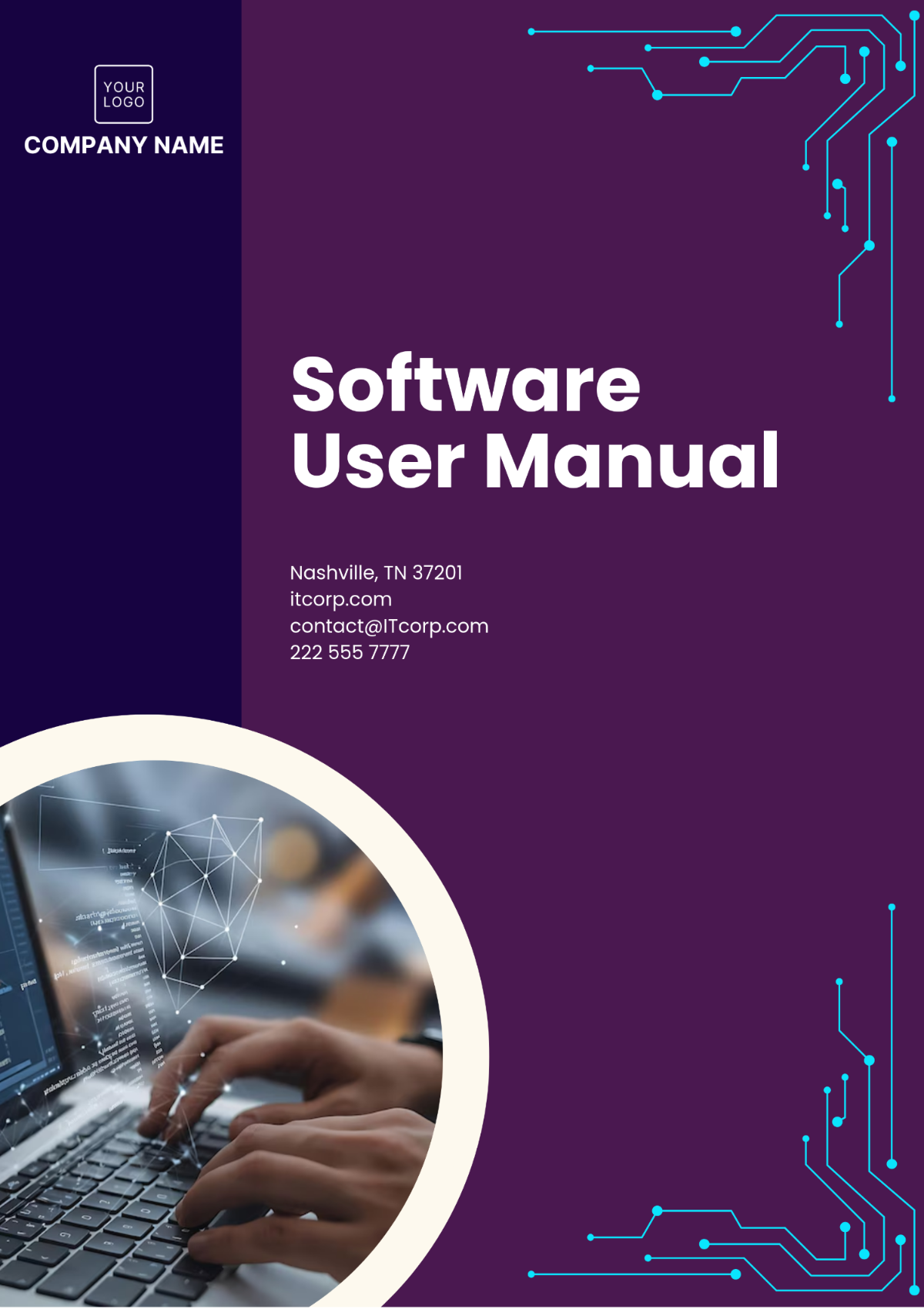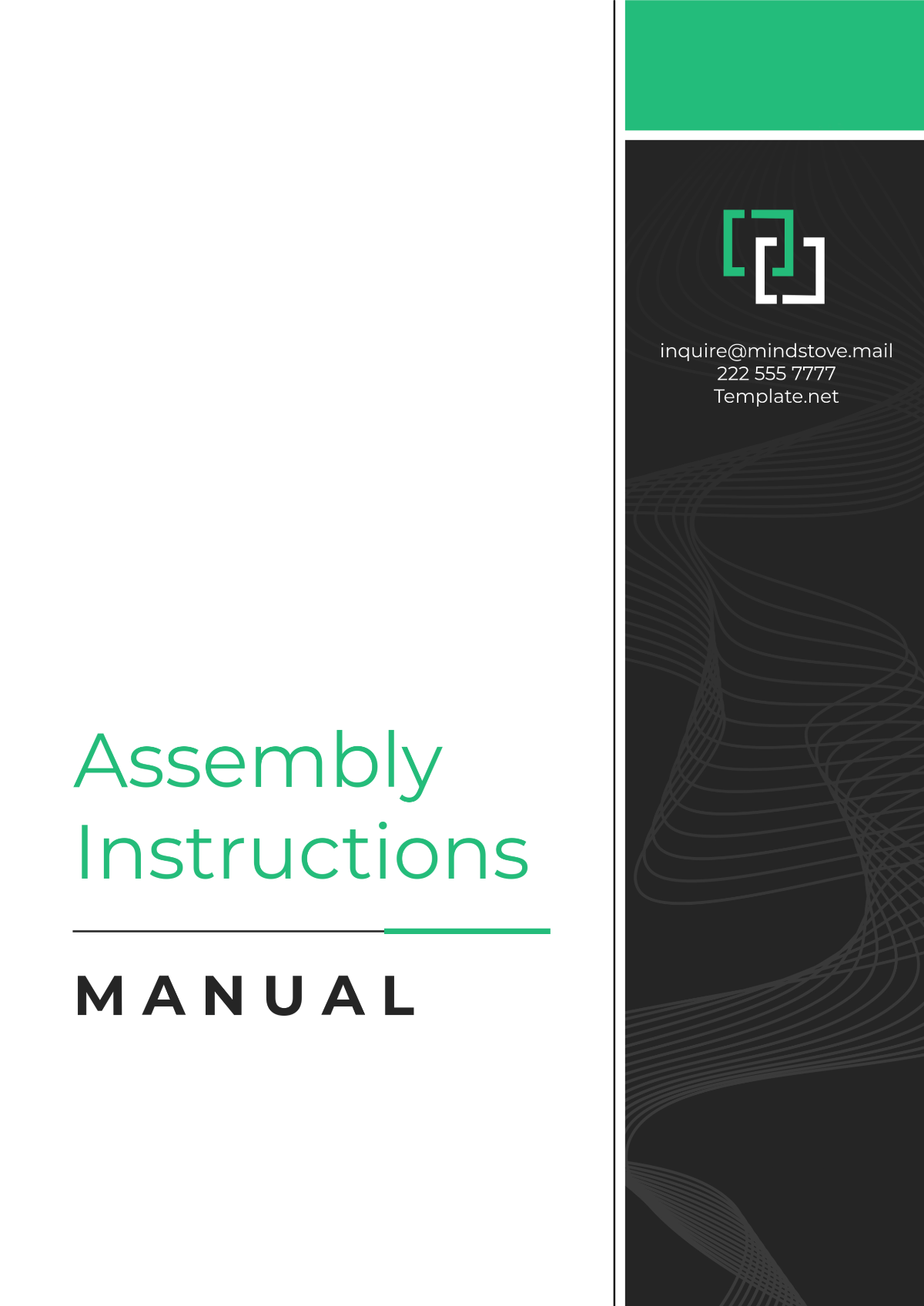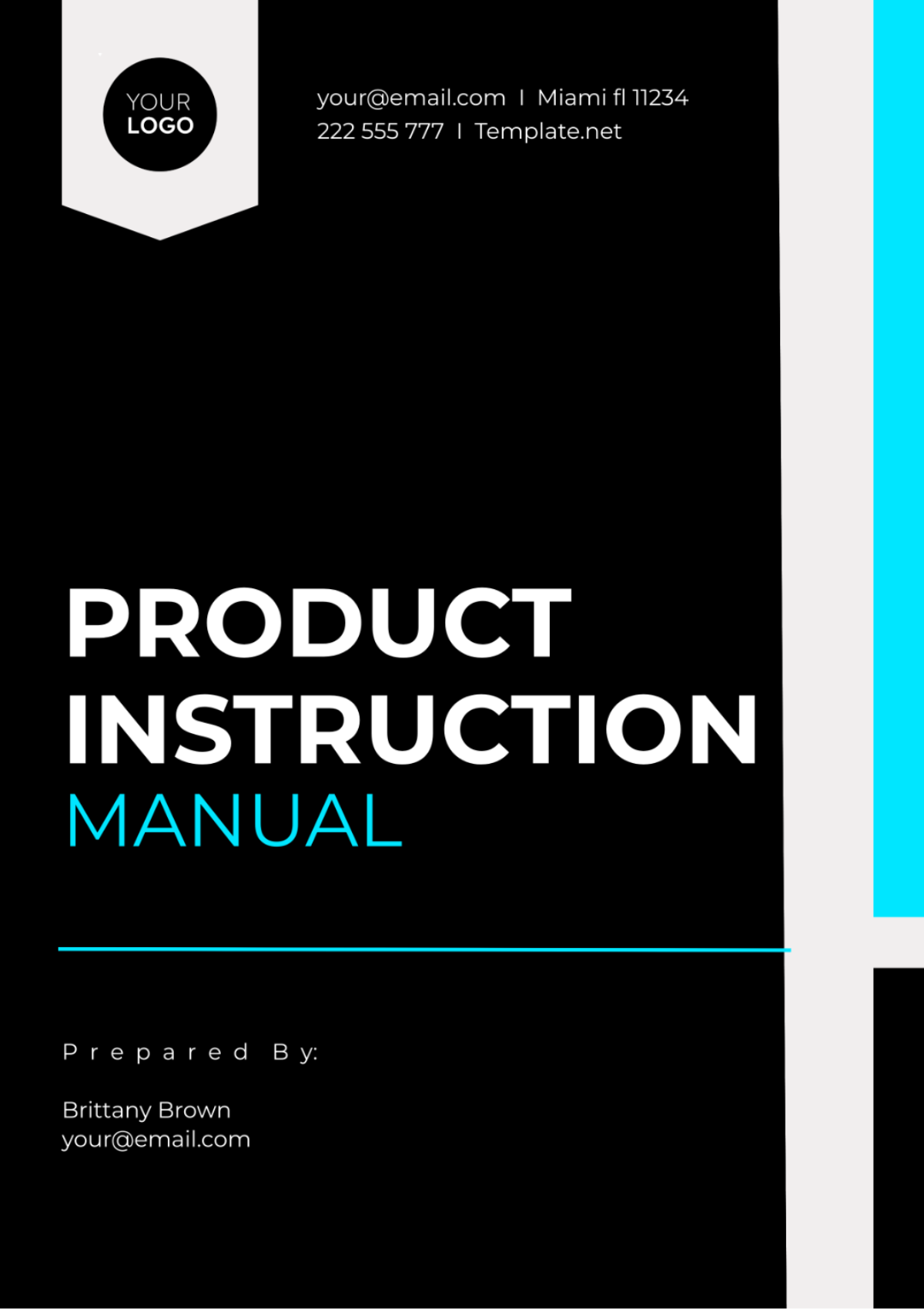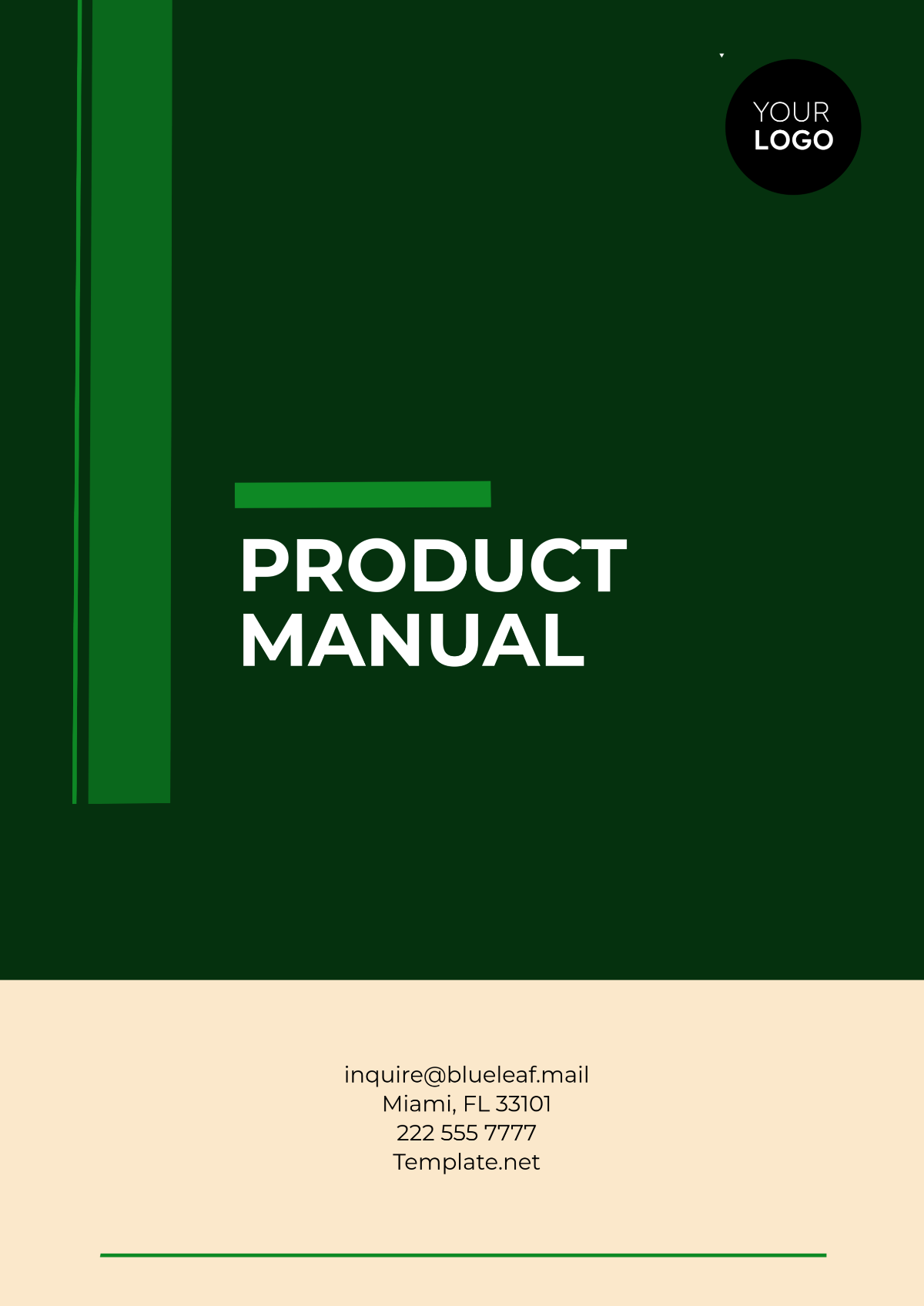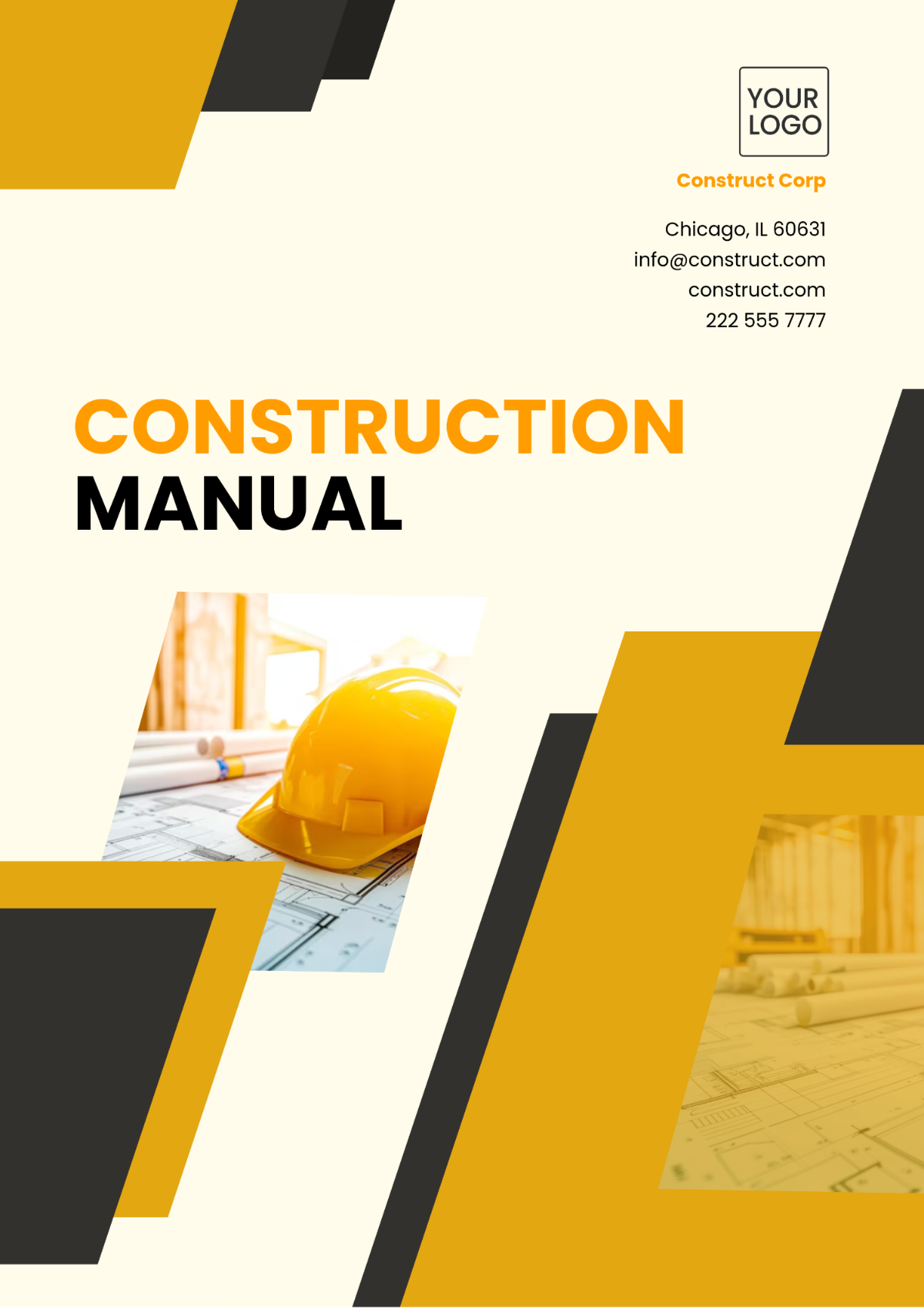INSTRUCTION MANUAL DESIGN
Introduction
This instruction manual is designed to guide users through the process of effectively utilizing a product or system. Below is a structured approach to ensure clarity and comprehensiveness in the manual.
Design Principles
A well-designed instruction manual should adhere to the following principles to ensure user-friendliness and efficiency:
Clarity: The instructions should be clear and easy to understand.
Conciseness: Provide necessary information without unnecessary details.
Consistency: Use consistent terminology and style throughout the manual.
Accessibility: Ensure the manual is accessible to all users, including those with disabilities.
Formatting Guidelines
Consistent formatting helps users quickly navigate and find information in the manual. Use the following guidelines:
Element | Style |
|---|---|
Headings | Use H1 for main titles, H2 for chapter titles, and H3 for section titles. |
Text | Use a readable font size and typeface. Emphasize important points using bold or italics sparingly. |
Lists | Use bullet points for lists to highlight key facts or steps. |
Images | Include clear images with captions to support explanations. |
Content Structure
Organize the content in a logical flow to enhance understandability and ease of use:
Title Page
The title page should include the product name, version, a brief description, and contact information for support.
Table of Contents
Although a Table of Contents (TOC) is usually included, it is not part of this manual per the requirements. A TOC would typically list chapters and sections for quick navigation.
Introduction Section
Provide an overview of the product, its purpose, and the scope of the manual. Explain prerequisites or necessary knowledge the user should have.
Step-by-Step Instructions
Identify the task the user wants to complete.
Provide a brief description of the task.
List sequential steps to complete the task, ensuring clarity and simplicity.
FAQs Section
Include a section that anticipates common questions and provides clear answers to enhance user comprehension and problem-solving.
Writing Style
Adopt a writing style that is direct and engaging while remaining professional:
Use active voice to create a sense of immediacy and direct action.
Address the user directly using “you” to create a conversational tone.
Avoid jargon unless necessary and provide explanations for technical terms.
Examples and Scenarios
Incorporate practical examples and scenarios to help users relate to real-world applications and understand the context better.
Testing and Feedback
Ensure the manual's effectiveness by involving real users in testing. Gather feedback and make necessary revisions based on their input:
Conduct usability testing sessions.
Distribute feedback forms or surveys to collect user opinions.
Make iterative improvements to the manual based on feedback.
Conclusion
A well-constructed instruction manual enhances user experience and supports product efficacy. By following the guidelines outlined above, you can create manuals that are not only informative but also intuitive and easy to use. Consistent updates and revisions will ensure the manual remains relevant and useful.



